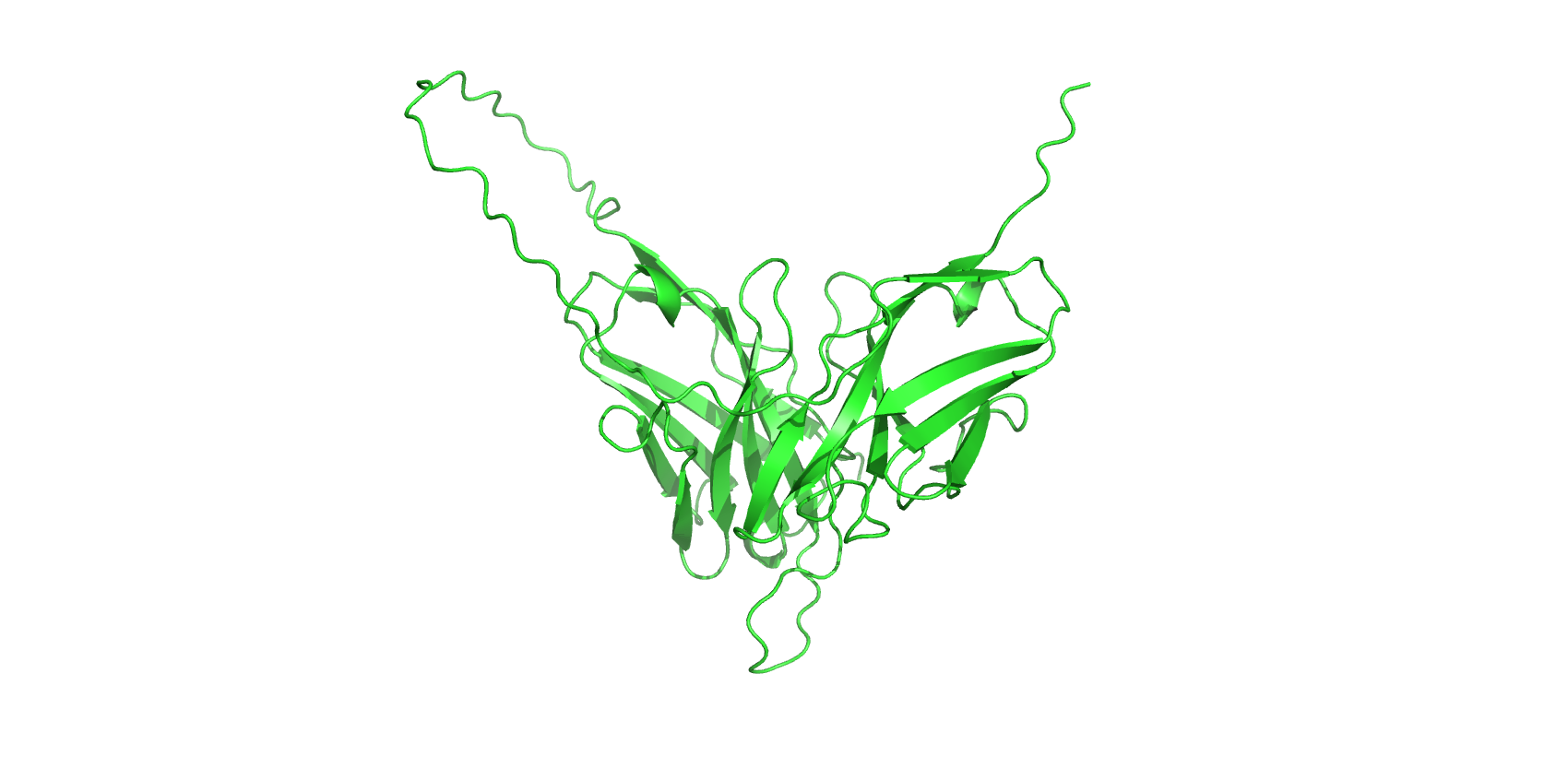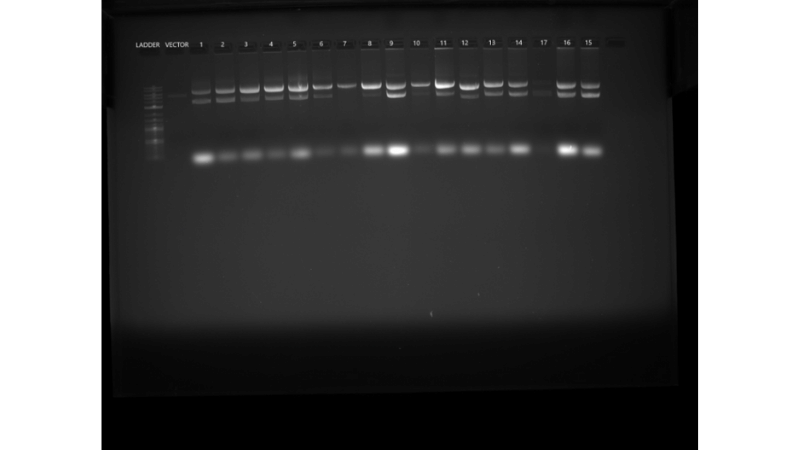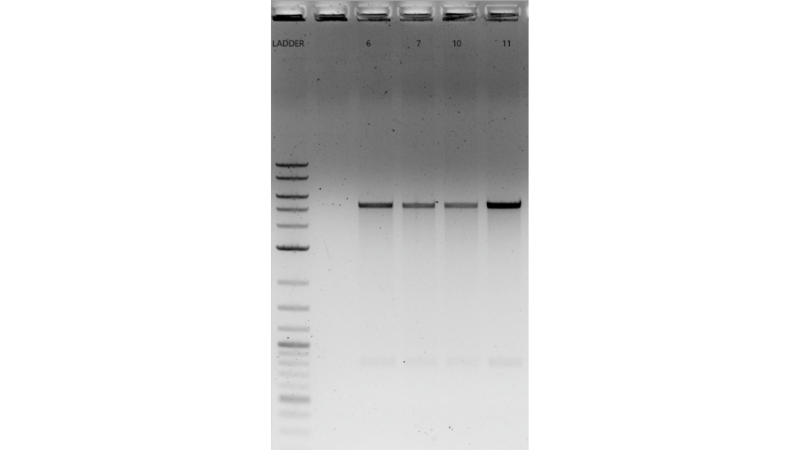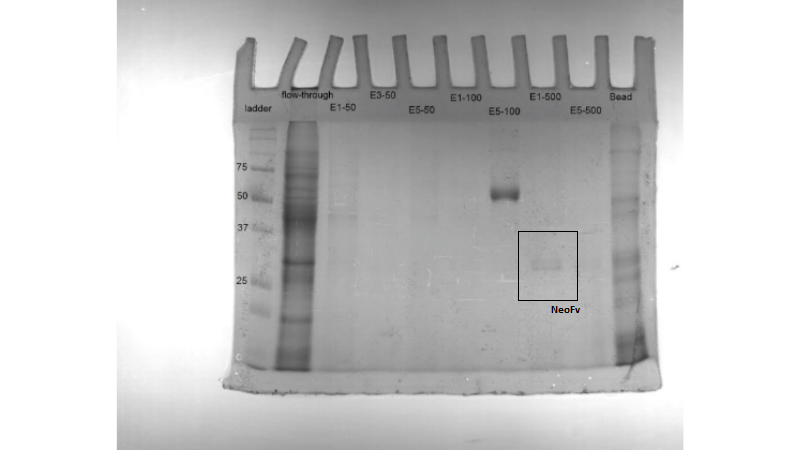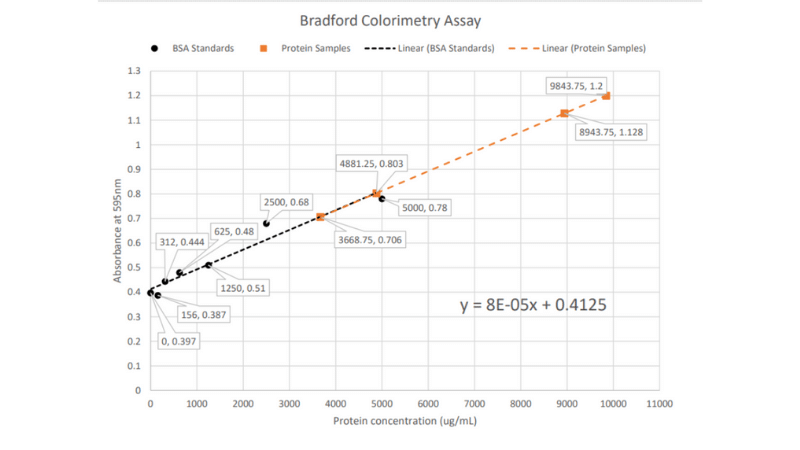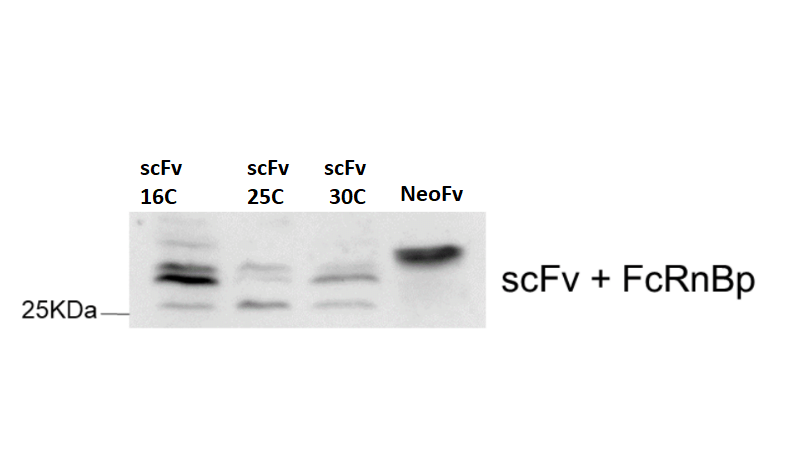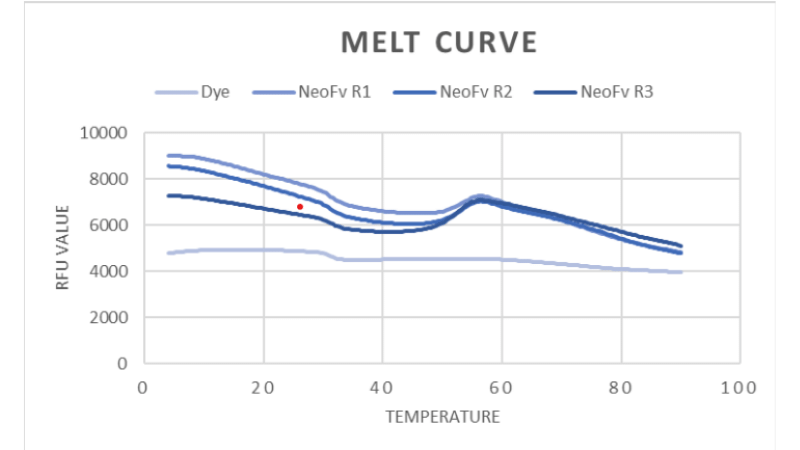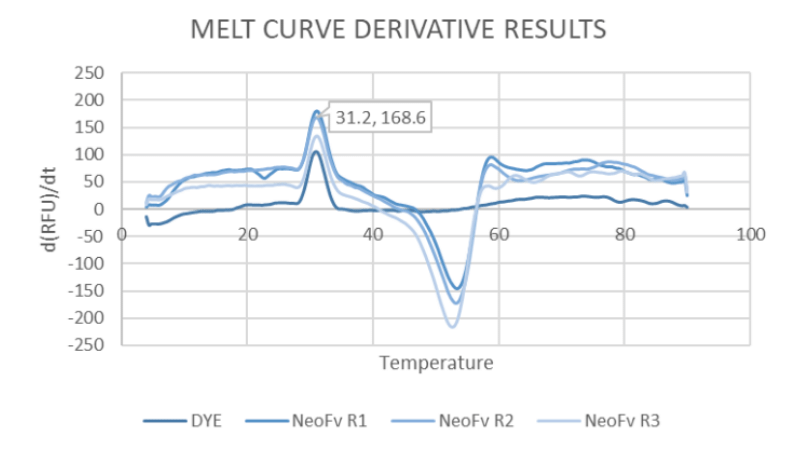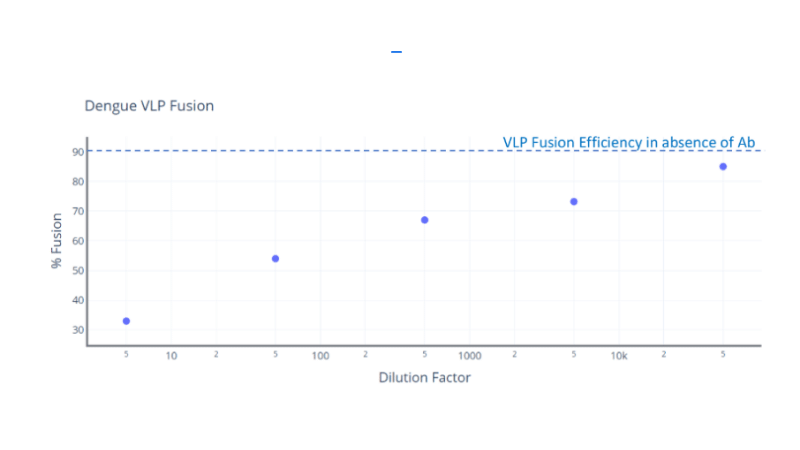Part:BBa_K4429009
NeoFv C10 VH-LinY12H-VL
NeoFvs are engineered antibody fragments. An scFv is defined as the variable domains of a full length antibody connected via a flexible linker. A NeoFv is a name given by iGEM 2022 team IISER-Pune2_India to scFvs with a small peptide extension that binds to the human neonatal Fc receptor (or FcRn receptor). Such scFvs with an FcRn binding peptide have recently been described in literature[1] with potential to overcome the size problem of scFvs, and extend their half life of circulation in the human body.
NeoFv C10 VH-LinY12H-VL is one such NeoFv derived from the C10 antibody targeting the envelope-dimer epitope of the Dengue virus. A NeoFv derived from C10 can ideally be a therapy for Dengue fever.
-
Sequence and Features
- 10COMPATIBLE WITH RFC[10]
- 12COMPATIBLE WITH RFC[12]
- 21COMPATIBLE WITH RFC[21]
- 23COMPATIBLE WITH RFC[23]
- 25COMPATIBLE WITH RFC[25]
- 1000COMPATIBLE WITH RFC[1000]
Characterization
CLONING The gene was synthesized in a cloning vector by iGEM’s DNA synthesis partner IDT.
It was cloned into a pET-21b vector. pET21b and scFv-pUCIDT-KAN were digested with NdeI and XhoI and run on a 0.8% agarose gel. The DNA fragments were extracted and ligated. Cloning was confirmed after ligation by running a 0.8% agarose gel with expected positive clones. The positive clones were expected to show an upward shift of about 800bp.
As a further test of confirmation, a restriction digest was run with NdeI and XhoI to see if two bands of 800bp and 5500bp were visible
PROTEIN EXPRESSION AND PURIFICATION The protein was expressed in SHuffle E. coli at different temperatures. The culture was grown overnight at 16℃. The cells were sonicated and the solution was spun down. The supernatant was purified through Ni-NTA beads and eluted using concentrations of imidazole. The flow-through, the different elutes, and cracked beads were run on a 12% SDS-PAGE to resolve the different protein bands along with a protein ladder that shows 10 bands with 3 reference bands. A protein band was expected at the 29 kDa mark, which was observed in the lane containing the first elute with 500mM imidazole.
WESTERN BLOT The next step was to verify the identity of the protein through a western blot
To ensure loading equal amounts of protein in all the wells for the Western blot, a Bradford Colorimetry assay was performed. The normalisation was performed with other scFvs as well.
Normalised amounts of proteins were loaded and run on an SDS-PAGE. The proteins were expressed under different conditions - scFv expressed at 16C, scFv expressed at 25C, scFv expressed at 30C and scFv-FcRnBp (NeoFv) expressed at 16C.
Normalised amounts of proteins were loaded and run on an SDS-PAGE. The proteins were expressed under different conditions - scFv expressed at 16C, scFv expressed at 25C, scFv expressed at 30C and scFv-FcRnBp (NeoFv) expressed at 16C.
The proteins were transferred to a PVDF membrane and probed using an anti-His primary antibody. The blot was imaged using chemiluminescence.
SYPRO ORANGE THERMAL SHIFT ASSAY Once the expression of the protein was confirmed, to test for the proper folding of protein and its melting temperature, a SYPRO Orange Thermal Shift Assay was performed.
5000x SYPRO Orange stock solution was added in 5x concentration to the final sample. The dye was diluted accordingly. Buffers and protein were added to a 96-well plate; the dye was added last since it is light sensitive. The well plate was put in an RT-PCR machine and a one hour run was started with increasing temperatures. The results we obtained are given below.
Graphs showed that the protein was well folded and, averaging the replicates, started to degrade at about 35℃. This suggests that the protein might be stable at temperatures resembling human systems.
VIRUS-LIKE PARTICLE (VLP) FUSION ASSAY To test whether the NeoFv can indeed neutralize the Dengue virus, a Virus-Like Particle (VLP) Fusion Assay was conducted.
Vacuoles are filled with dye to concentrations so high that the colour is extinguished. Virus-like Particles are added to the vacuoles and the pH is lowered to make the VLPs fuse with the vacuoles. This leads to the dilution of the dye, and increase in visible colour. VLPs were incubated with the NeoFv, and were added to the vacuoles, with the expectation that a neutralising interaction between the two would decrease the colorimetric readout, due to the NeoFv inhibiting membrane fusion.
VLP data shows significant inhibition of fusion at 5 fold dilution (reduced from 90% to 33%).
References
- 1]Short FcRn-Binding Peptides Enable Salvage and Transcytosis of scFv Antibody Fragments
Vince W. Kelly and Shannon J. Sirk ACS Chemical Biology 2022 17 (2), 404-413 DOI: 10.1021/acschembio.1c00862
| None |

